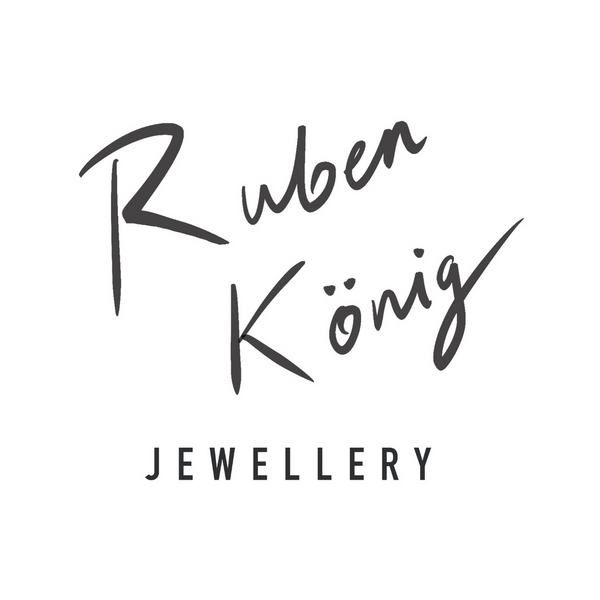
Natural Fancy Pink Diamonds
This is something I have wanted to talk about for some time, as the causes of various colours within Diamonds is a very interesting topic. When it comes to the causes of natural colouration within Pink Diamonds this is very different to other colours such as Blue (caused by Boron as an impurity) or Yellow (caused by an excess of Nitrogen within the stone).
Natural Pink and Brown are both attributed to something known as ‘Plastic Deformation’. What this basically means is that excess pressure has been placed on the stone when it formed in nature between 35 and 350 million years ago.
Light plastic deformation (some additional pressure) tends to cause Brown, or affectionately termed ‘cognac’ or ‘cinnamon’ colouration within the stone. Heavier plastic deformation, which is an even higher amount of pressure, causes Pink. We know that Diamonds are formed by an immense amount of heat and pressure, the ‘recipe’ for creating Diamonds has to be just right.
What is ‘Plastic Deformation’?
When extra pressure is placed on a stone, the ionic bonds that are within the stone are crushed and elongated altering the crystal structure of the stone. These elongated bonds cause the colour but can also show another trait known as ‘Internal Graining’, this appears within the stone as straight lines that can usually only be seen from a certain angle. This will also affect the way colour is distributed within the stone, sometimes a ‘plane’ of colour can be seen.
What about induced colour or 'treated' stones?
It is possible to take a colourless, or another low colour Diamond and induce a different colour into the stone. This is usually achieved through what is known as HPHT (High Pressure, High Temperature), subjecting the stone to similar conditions that nature would have. Hence why this process is sometimes referred to as 'an extention of nature'. Usually, these stones also have another colour present such as Purple or Brown. These are known as modifier colours and could mean the stone colour would be termed 'Purplish Pink' or 'Brownish Pink'. Terms that also apply to natural colour diamonds.
Can Laboratory grown Diamonds be Pink too?
Of course! These Diamonds that have the same chemical composition as a natural Diamond, and so by eye can be impossible to tell apart. I have another blog on Laboratory Grown Diamonds here, also termed 'Lab Grown' or 'Synthetic Diamonds'. These stones can be grown as Type 1 Diamonds with Nitrogen present and then subsequently Irradiated to enhance the colour.

